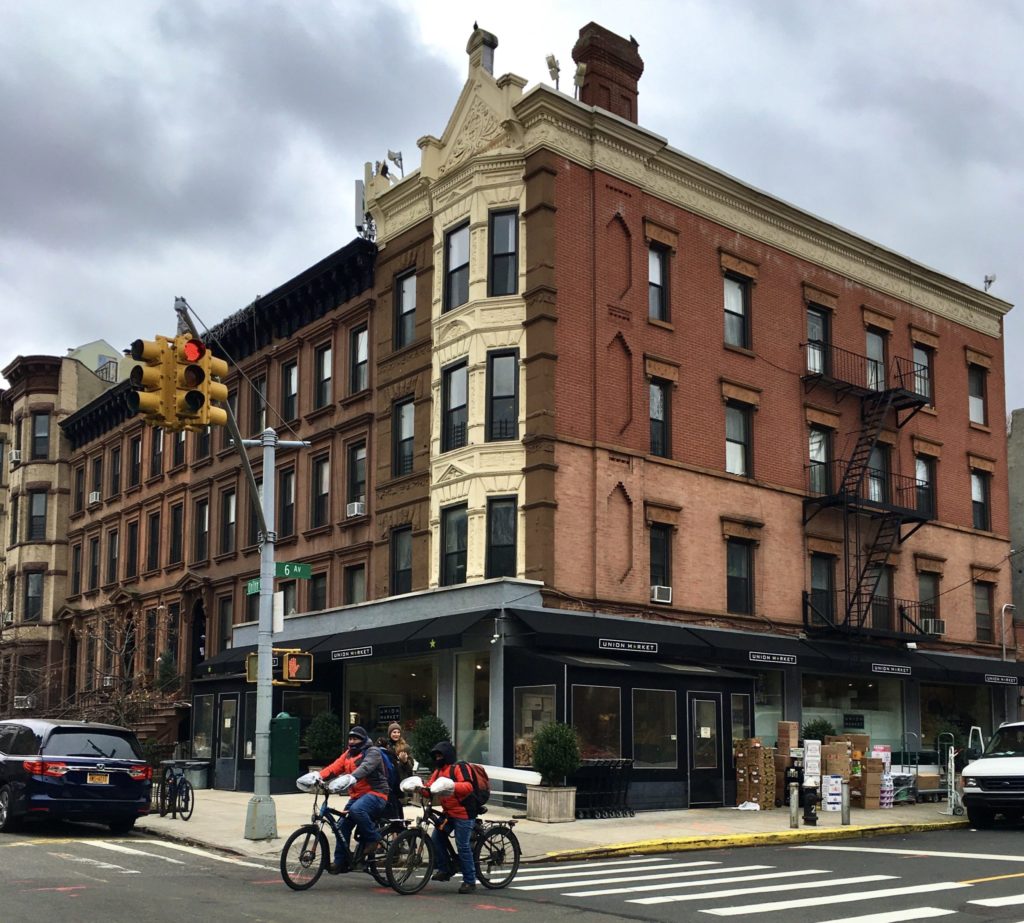Take a February stroll through landmark-worthy Central Park Slope
Part one of a two-part tour

Welcome to the Center Slope. Photo: Lore Croghan/Brooklyn Eagle
Eye on Real Estate: A neighborhood organization is trying to secure landmark status for a historic section of Park Slope that’s home to the largest collection of non-landmarked historic buildings in New York City.
The Park Slope Civic Council’s Historic District Committee plans to ask the city Landmarks Preservation Commission to designate an area of Park Slope, termed “the Center Slope,” as a historic district, or perhaps multiple historic districts. The area has a heavy concentration of Victorian-era architecture and played an important role in the Revolutionary War.
An advocacy organization known as the Historic Districts Council will assist in these efforts.
